Hood Protection Film: Versatile Shield for Every Drive

Hood protection film (PPF) is a versatile and effective solution for vehicle owners seeking enhanced…….
In an era where security and privacy are paramount, hood protection film has emerged as a crucial technology, offering innovative solutions for securing spaces, both physical and digital. This article aims to provide an in-depth exploration of this dynamic field, covering its definition, global impact, technological innovations, regulatory landscape, and future prospects. By delving into these aspects, we will uncover the multifaceted nature of hood protection film and its significant role in enhancing security worldwide.
Definition: Hood protection film, also known as privacy film or window tinting, is a specialized type of adhesive-backed reflective or opaque material applied to glass surfaces. It is designed to provide various levels of light blocking, heat reduction, and security enhancements while maintaining transparency.
Core Components: The primary components include:
Film Material: These films are typically made from polyester or polycarbonate materials, ensuring durability and resistance to fading, cracking, and peeling.
Adhesive Layer: A high-quality adhesive ensures strong bondage to the glass surface, with some advanced films offering scratch resistance and easy removal capabilities.
Reflective or Opaque Properties: The key feature is its reflective or opaque finish, which blocks a significant portion of sunlight, heat, and prying eyes.
Historical Context: While its roots can be traced back to the early 20th century with the introduction of window tinting for automotive applications, modern hood protection film has evolved significantly. The development of advanced materials and technology has led to its widespread adoption in both residential and commercial settings, addressing privacy, energy efficiency, and security concerns.
The influence of hood protection film is a global phenomenon, with diverse regions embracing it for unique reasons and applications. Key trends shaping this industry include:
North America: The United States and Canada have seen widespread adoption due to stringent building codes, a growing focus on energy efficiency, and a deep-rooted culture of vehicle customization.
Europe: Many European countries have implemented strict privacy laws, driving the demand for hood protection film in residential and commercial buildings. For instance, Germany’s stringent data protection regulations have significantly boosted its market.
Asia-Pacific: Rapid urbanization and a growing middle class in countries like China and India have fueled the demand for both residential and automotive hood protection film. The region’s focus on smart cities and energy conservation further drives innovation.
Middle East and Africa: These regions, with their warm climates and luxury car cultures, also contribute to the global market. Additionally, security concerns in certain areas drive the need for advanced window protection.
The hood protection film industry is a significant economic sector, contributing to various aspects of the global economy. Here’s an overview:
| Region | Market Size (Estimated 2023) | Growth Rate (2022-2027) | Key Drivers |
|---|---|---|---|
| North America | $2.5 billion | 8.2% | Strict building codes, energy efficiency initiatives |
| Europe | $1.8 billion | 6.5% | Privacy laws, smart city developments |
| Asia-Pacific | $3.2 billion | 9.7% | Urbanization, luxury car market |
| Middle East & Africa | $0.8 billion | 5.2% | Security concerns, warm climates |
Market Dynamics: The market is characterized by a mix of local manufacturers and global brands, with the former catering to specific regional needs and preferences. The demand for customized solutions, particularly in automotive applications, has led to a surge in specialized companies.
Investment Patterns: Significant investments are directed towards research and development, especially in creating more efficient, environmentally friendly films. This includes exploring new materials, improving durability, and enhancing the film’s aesthetic appeal.
The field of hood protection film has witnessed several technological breakthroughs, pushing the boundaries of its capabilities:
Dynamic Films: These innovative films can adjust their light-blocking properties based on external conditions. For instance, they can darken in response to sunlight and return to a clearer state at night, offering enhanced privacy and energy savings.
Smart Windows: Integrating hood protection film with smart glass technology allows for remote control of light transmission, providing unprecedented control over interior environments.
Enhanced Security Features: Advanced films now incorporate security enhancements like UV protection, anti-theft properties, and explosion-resistant capabilities, making them a critical component in high-security applications.
Environmental Focus: There is a growing trend towards eco-friendly films, utilizing recyclable materials and reducing environmental impact without compromising performance.
Government policies and regulations play a pivotal role in guiding the hood protection film industry, ensuring safety, privacy, and energy efficiency standards:
Vehicle Regulations: Many countries have implemented standards for window tinting in vehicles, specifying maximum light transmission and reflecting requirements. For example, the US National Highway Traffic Safety Administration (NHTSA) sets guidelines to prevent glare and enhance driver visibility.
Building Codes: In residential and commercial buildings, local authorities dictate the use of hood protection film, often focusing on energy efficiency and privacy. For instance, Australia’s Building Code of Australia (BCA) incorporates specific requirements for window treatments.
Privacy Laws: Countries with stringent data protection laws, such as the EU’s General Data Protection Regulation (GDPR), indirectly influence the market by encouraging the use of hood protection film to protect sensitive information visible through windows.
Despite its numerous benefits, the hood protection film industry faces several challenges and criticisms:
Installation Issues: Improper installation can lead to bubbles, lines, or uneven application, affecting aesthetics and performance. Ensuring skilled installers is crucial for high-quality results.
Environmental Concerns: Traditional films may contribute to heat island effects and reduce natural light in buildings, requiring developers to consider more sustainable options.
Cost and Accessibility: In some regions, the cost of advanced hood protection film can be a barrier, especially for residential applications. Making these products more accessible and affordable is essential.
Proposed Solutions: To address these challenges, industry stakeholders should focus on:
Singapore’s Smart Nation initiative includes the adoption of hood protection film in government buildings to enhance security and reduce energy costs. The film’s ability to adapt to changing light conditions provides optimal interior comfort while maintaining privacy. This case highlights the strategic use of hood protection film in urban development.
A custom car workshop in Los Angeles utilizes advanced hood protection film to cater to high-end clients seeking unique aesthetics and security. By offering personalized designs and custom patterns, they have established a niche market, demonstrating the industry’s potential for customization.
In Berlin, a residential complex incorporated hood protection film into its design to reduce energy consumption. The film, combined with smart windows, allows residents to control light and heat, resulting in significant energy savings and improved comfort. This project exemplifies the successful integration of hood protection film in modern architecture.
The hood protection film industry is poised for continued growth and innovation, with several emerging trends shaping its future:
Smart Buildings: The integration of hood protection film into smart building technologies will enable dynamic control of light and privacy, enhancing energy efficiency and occupant comfort.
Automotive Evolution: With the rise of electric vehicles (EVs), hood protection film can play a significant role in their design, offering enhanced security and aesthetic customization.
Sustainability Focus: There will be an increasing demand for eco-friendly films, driving innovation in recyclable materials and environmentally conscious production processes.
Personalized Designs: Customization will remain a key trend, allowing individuals to express their unique styles while maintaining privacy and security.
Hood protection film has evolved from a simple window treatment to a sophisticated technology that addresses diverse needs—from privacy and security to energy efficiency and aesthetics. Its global impact is evident across industries, regions, and applications. As the industry continues to innovate, addressing challenges, and embracing emerging trends, hood protection film will remain an essential component in securing our physical and digital environments.
Q: Is hood protection film safe for use on vehicles?
A: Absolutely! When installed correctly, it is highly safe and does not interfere with driver visibility or cause any harm to vehicle components.
Q: Can I install hood protection film myself?
A: While some basic applications are possible, professional installation is recommended for optimal results. The precision and expertise of trained installers ensure a high-quality finish and long-lasting performance.
Q: How does hood protection film contribute to energy efficiency?
A: By blocking a significant portion of sunlight, it reduces heat gain in buildings, lowering cooling costs. Dynamic films can further enhance this effect by adjusting to external conditions.
Q: Are there any environmental concerns associated with hood protection film?
A: Traditional films may contribute to the heat island effect and reduce natural light. However, advancements in eco-friendly materials and technologies are addressing these issues, making them more sustainable options.

Hood protection film (PPF) is a versatile and effective solution for vehicle owners seeking enhanced…….
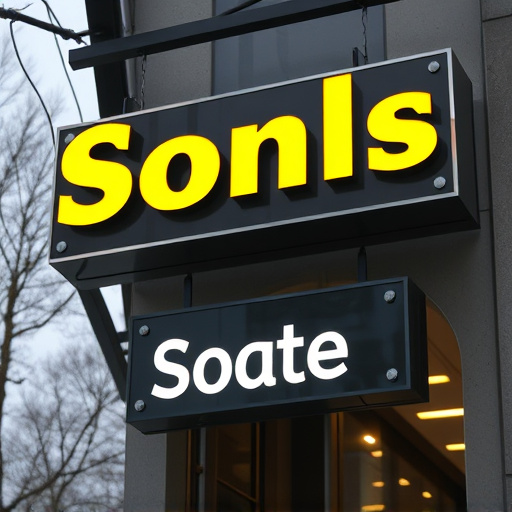
Hood protection film (PPF) is a clear, durable polymer that shields cars against stone chips, bird d…….
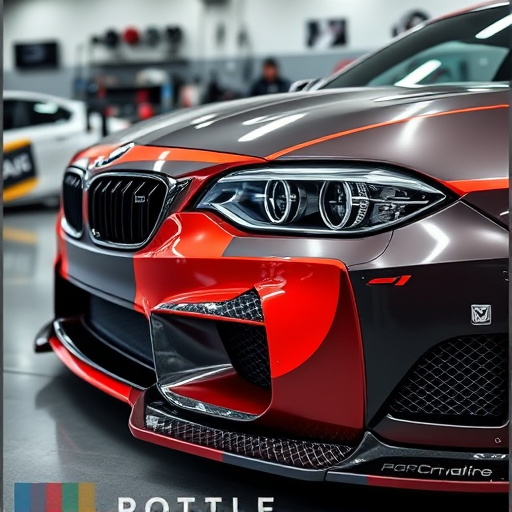
Hood protection film shields car hoods from environmental damage, preserving aesthetics and structur…….
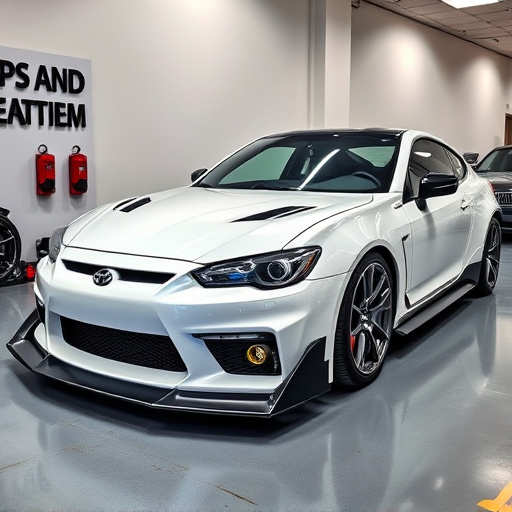
Choosing high-quality hood protection film (HPF) like professional PPF is crucial for preserving veh…….

Hood protection film is a durable, multi-seasonal solution for safeguarding vehicle hoods against en…….
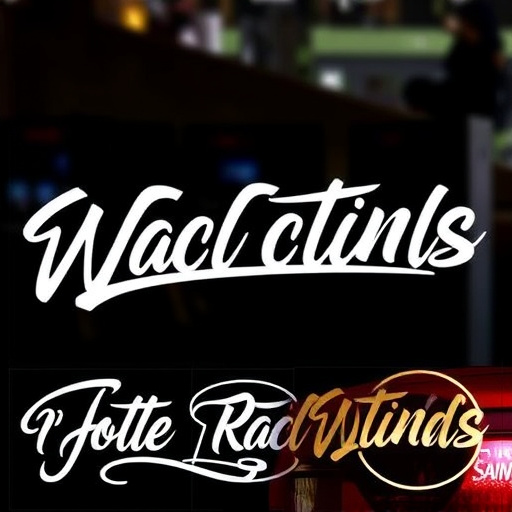
Hood protection film (PPF) is a clear, durable plastic that shields cars from environmental damage,…….
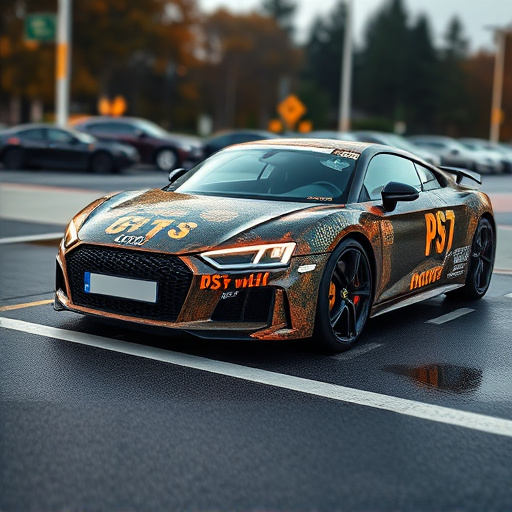
Hood protection film (ceramic coating) safeguards car exteriors and engine bays from environmental d…….

The hood protection film is a discrete yet powerful solution for vehicle safety and aesthetics, offe…….